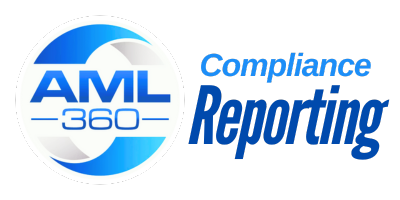The BSA AML Risk Assessment is required to objectively demonstrate the type of compliance risks relating to money laundering and financing of terrorism. Many businesses struggle with the ‘How To’ in structuring a reliable risk methodology. AML360™ provides an online form which systematically identifies, measures and reports on ML/FT firm-wide risks and related vulnerabilities.
Anti-money laundering regulations are increasingly requiring organisations to evidence their application of the risk-based approach. The risk-based approach under anti-money laundering laws must be evidence-based.
Board members, executives and senior managers must be able to establish good measures for governance, risk and compliance to avoid AML penalties.
Banks of all sizes can take advantage of AML360’s digital compliance platform by relying on regulatory technology known as Compliance-as-a-Service. Whether you are the Head of Risk or a BSA Compliance Officer, AML360’s regulatory technology will ensure your risk evaluation meets risk-based expectations.
You will receive a permanent record of your risk assessment by entering the email of your choice. You also have access to an online register.
A comprehensive risk guidance manual is included with your report. This allows your business to fully understand the risk methodology and results.
If your business risk assessment requires an action or task, use the case management feature to manage, monitor and track through to completion.
Any former versions of your assessment are left unchanged and remain filed in your online register with the recorded date of entry.
Provided as a Cloud service, your business has 24/7 access to your risk reporting data.
The profile risk pie chart displays the overall risk that your business presents to ML/FT. As you update your business risk assessments, the pie chart will recalculate. This can be printed to PDF.
Board members, executives and senior managers can get peace of mind by taking advantage of AML360’s regulatory technology for AML risk reporting.
Place cursor onto the PDF below and scroll to read

Over the past 5 years, AML360™ has consistently ranked as a leading, innovative vendor, providing Software-as-a-Service.
Focusing on anti-money laundering compliance, AML360 provides an easy online solution to quickly provide a structured report to inform on BSA AML Risks.

